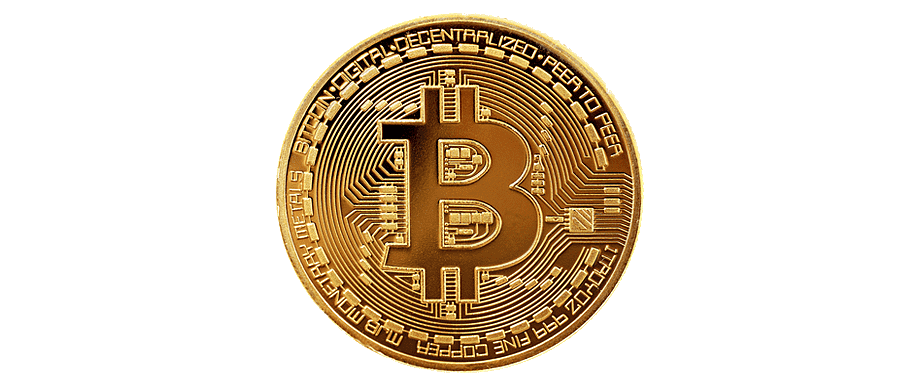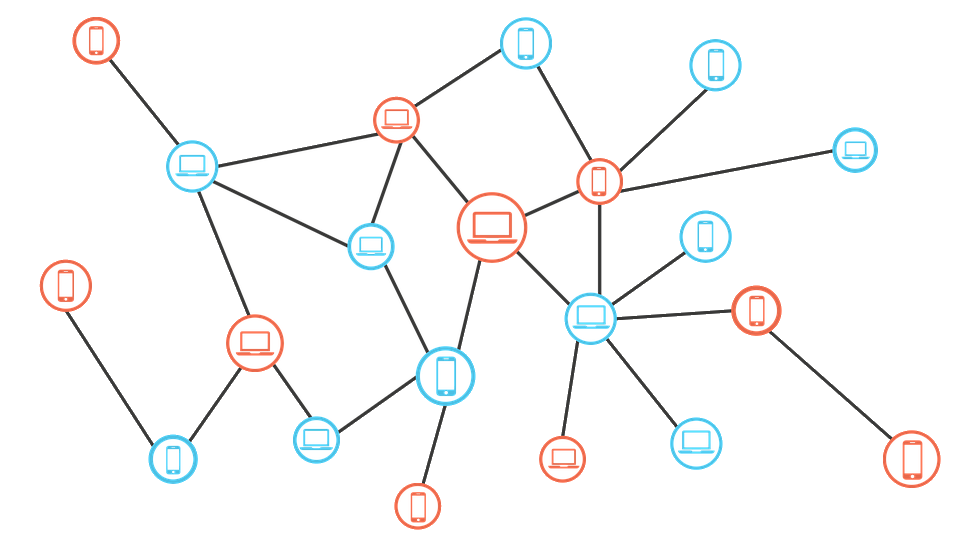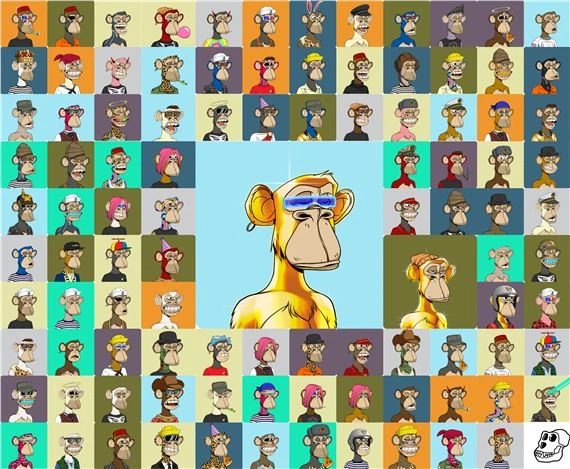Blockchain technology has great potential to transform business models in the long run. Blockchain is more of a basic technology, with the potential to create new technologies and new foundations for the global economy and social systems, but also a destructive technology that attacks the traditional business model.
The use of blockchain promises to bring significant improvements to global supply chains, financial transactions, accounting assets, and distributed social networks. This new technology can be integrated into several areas[29] and its protocols make it easier for companies to use new methods to process and manage digital transactions.
Examples include: payment systems and digital currencies that facilitate crowdsales, implementation of prediction market and generic governance tools.
The blockchain can be used as a tool to certify the certain date of a document and its not having undergone any change. This block chain application, obtained by entering the hash of the documents you want to certify, is called notarization. An example of such use is the notarization of the movements of the trucks that transport the earth of a yard, in order to guarantee the respect of the constraints and the environmental norms
It can address the need for a trust service provider, provide less litigation capital, and have the potential to reduce systematic risk and financial fraud.
Automate several processes that used to take a long time to do manually, such as business integration.
Most blockchain applications include cryptocurrencies like: Bitcoin, Blackcoin, Dash and Nxt and blockchain platforms like Factom as a distributed registry, Gems for decentralized messaging, MaidSafe for decentralized applications, Storj and Sia for cloud distributed storage and Tezos for decentralized voting.
The new distribution method is also available in the insurance field such as peer-to-peer insurance, parametric insurance and micro insurance.
Banks are also interested in this new technology because it speeds up back office settlement systems.
Other fields such as the collaborative economy and the iot can benefit from blockchain technology as they involve many peers to also collaborate on online voting applications.
It can also be used to develop medical information systems, increasing their interoperability and safety.
Several blockchains have also been developed for storing data, publishing texts and identifying the origins of digital art.



